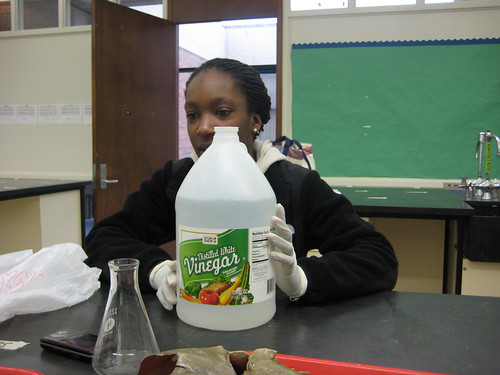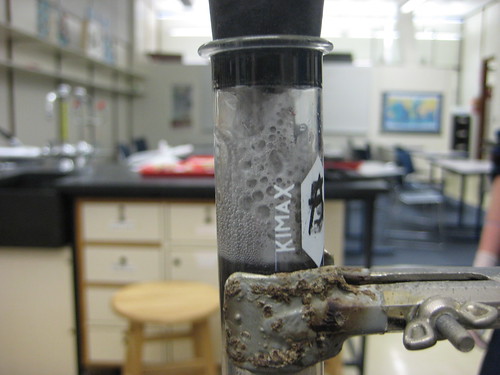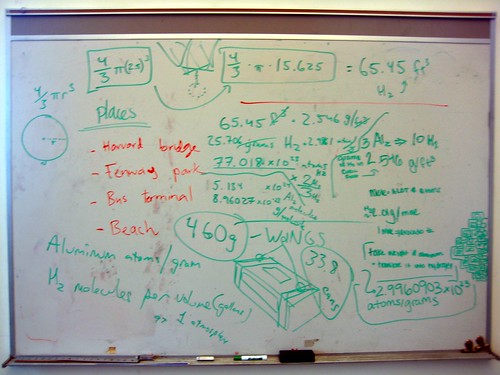Hydrogen Balloons
Why Hydrogen?
With Helium being expensive and now subject to shortage, many people are looking for more available and inexpensive alternatives. Hydrogen is the only gas providing lift similar to helium, in fact, it provides about 7-8% more lift.Hydrogen is widely used in atmospheric sounding balloons outside North America.
Methane, the other gas historically used for balloons) provides less than 48% of the lift of Helium, and has 3.75 times the energy density, making it far more dangerous than hydrogen in the event of a fire. Hot air, depending on temperature, provides only 5-15% of the lift of helium.
Safety
Hydrogen burns, and can be ignited by open flame and static electricity. Here is what a five foot balloon looks like when it catches fire, note that the fallout from the burning rubber appears more dangerous than the hydrogen itself. From Launch PSU, at Portland State:
Electrolysis of Hydrogen
Please add info!
Chemical Generation of Hydrogen
Hydrogen generation test at NuVuWorkshop
Here's our basic setup, just to measure hydrogen volume output. Aluminum and lye (in water) are mixed in the test tube, hydrogen is pushed out the tube into the bottom of the flask on the left. The flask is filled with water so it cools any water vapor (the reaction is exothermic and produces steam) so that the balloon is filled only with hydrogen (plus a little air that was in the system already).
Safety
Lye is caustic and quite dangerous if exposed to skin or eyes. If you touch it, flush with water then vinegar or another weak acid. Use rubber gloves and eye protection.
Aluminum cans are coated in plastic, so to get things going you can scrape it off with scissors or a knife.
We dropped in some aluminum and stoppered the test tube. It began bubbling a bit immediately.
Hydrogen coming out in the bubbler.
Here the reaction is really going strong. Our exit tube was too narrow and the stopper popped off from the built-up pressure. Exciting.
Here's our calculation (illegible) of how many grams of aluminum produce enough hydrogen to fill a 5-foot balloon (sphere). I think this is wrong; we assumed Al2, not Al.
We calculated 33.8 aluminum cans (at 13.6 grams each). We didn't get to confirm the result.






